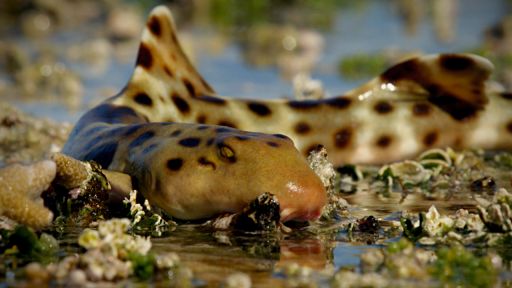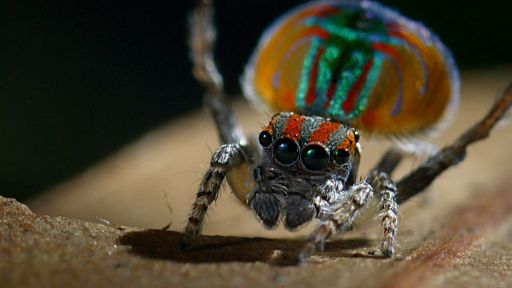Great things come in small packages and animals are no exception to the rule. Learn the epic survival stories of the world’s smallest animals as Nature shines a light on these tiny heroes who have evolved extraordinary skills and achieved mindboggling feats: from a tiny sengi, considered the cheetah of the shrew world, to a hummingbird who travels thousands of miles north each year, from a small shark that walks on land to an army of baby turtles instinctively racing to the safety of the open ocean. Through vast savannahs to rocky plateaus and down to the depths of the seas, it is a great big world out there, but for these animals, size does not matter.
Noteworthy Facts:
- At less than three-feet long, Epaulette sharks are the smallest of the 14 shark species found in the Great Barrier Reef.
- A female elephant shrew, more commonly known by her African name of sengi, is 300 times smaller than a lion and 8,000 times smaller than an elephant, weighing just over one pound, yet is twice as fast as a cheetah for its size.
- Hermit crabs range in size from just a fraction of an inch to the size of a coconut. When looking for new shells to call home, hermit crabs assemble themselves in a chain, largest to smallest, and move into the larger shell in front of them while passing their old shell to the smaller crab behind them.
- The Rufous hummingbird weighs less than a nickel, but flies solo for a 4,000-mile migration from Mexico to Alaska each spring.
- The small resurrection planT can survive the blazing heat of the Sahara Desert for up to 100 years without water.
- Adult Red kangaroos are the largest living marsupial, with some males reaching six-feet tall. Their babies, however, are born the same size as a jellybean, an astounding 50,000 times smaller than their mothers.
- Phytoplankton use light from the sun to photosynthesize and produce energy for themselves. One of the by-products of that process is oxygen.
Buzzworthy Moments:
- While feeding on the shore during low-tide in the extreme Australian heat, Epaulette sharks survive by slowing their breathing and heart rate and powering down their brain. Once oxygen levels get critical, they use their fins like prototype legs – making them the only sharks that can walk out of danger.
- With top speed and brainpower far beyond its size, the sengi of East Africa escapes the danger of a monitor lizard in a high-speed chase after designing, building and memorizing a trail of networks.
- The five-inch Japanese pufferfish is one of nature’s finest artists. To attract mates, the pufferfish plows into the seafloor sand with its fins, sculpting geometric shapes 24 hours a day for an entire week to create a masterpiece that spans more than six-feet wide. The art work ultimately attracts a mate and the pufferfish then has to destroy the creation to nest offspring.


